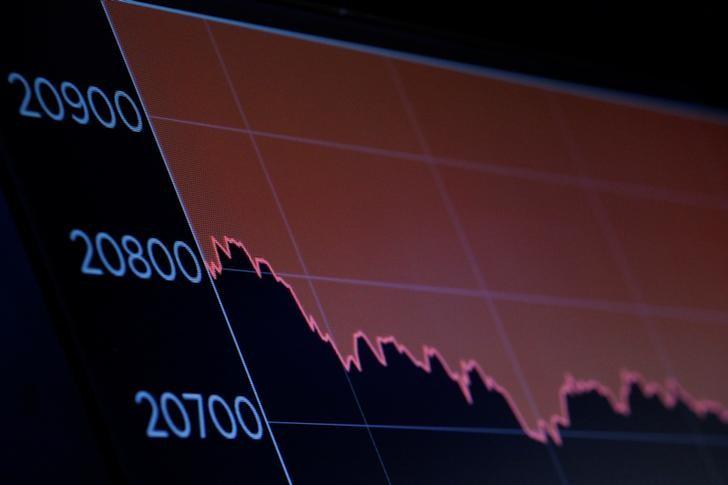
Bayliss
BOSTON As hedge fund investors have been choosing computers over star stock-pickers, putting ever more money into “quant” funds, one firm has become the undisputed leader in attracting assets.
Renaissance Technologies, staffed by nearly eight dozen scientists with doctorates in physics, math and other fields, captured more than $3 billion in new money in the first five months of the year, according to two people familiar with the figures, which have not been previously reported.
Compared with the $4.6 billion that all quantitative funds tracked by Hedge Fund Research took in during the first three months of the year, Renaissance’s haul is even more remarkable, fund managers and industry analysts said.
Long Island-based Renaissance, founded 35 years ago by mathematician James Simons, has attracted investors based on the strong returns of its portfolios as well as shifting investor tastes.
Years of lackluster returns and high fees at hedge funds have frustrated big investors, who are increasingly swapping funds run by stock-pickers like John Paulson or Leon Cooperman for quants, which rely on mathematical models to make their bets.
Last year, investors pulled some $70 billion out of all hedge funds, but they added $13.3 billion in new money to quant funds, data from Hedge Fund Research show. In the first quarter of 2017, investors pulled $5.5 billion out of all hedge funds, compared with inflows of $4.6 billion into quant funds.
The trend is expected to continue, as investors have come around to the idea that algorithms can make better decisions than human stock-pickers, especially when markets are volatile or uncertain.
While Renaissance and well-known competitors like D.E. Shaw and AQR have been around for decades, they have become newly popular after a run of strong returns, as has a growing crop of smaller rivals.
Another stand-out fund that has been pulling in hundreds of millions in recent months is Quantitative Investment Management, which manages roughly $3.5 billion in several strategies. Its Quantitative Tactical Aggressive Fund gained 55 percent in the first five months of 2017.
Putri Pascualy, a managing director at PAAMCO, which invests in hedge funds, said it is “no surprise” that high-return quantitative strategies like Renaissance’s have been gathering assets, since investors have been moving broadly toward either algorithm-based funds or those that invest in illiquid assets, like private credit.
Renaissance manages $50 billion in total. It offers outside investors access to three portfolios that jointly oversee $34 billion, up from roughly $26 billion late last year. Two of the portfolios are up roughly 13 percent through the middle of June, and the other has gained about 9 percent.
That easily outpaces the roughly 5.75 percent gain that large quant firms specializing in equity investments have earned this year, eVestment data show. Quant funds with less than $1 billion in assets that specialize in stocks returned roughly 1.8 percent this year.
A Renaissance spokesman declined to comment.
The Renaissance Institutional Equities Fund is the oldest portfolio available to outsiders, launched in 2005. Last year it returned 21 percent. Seven years later the firm created the Renaissance Institutional Diversified Alpha Fund , which gained 10 percent in 2016. Last year it unveiled the Renaissance Institutional Diversified Global Equity Fund. It is not clear to which Renaissance fund investors directed the new assets.
The firm’s Medallion Fund, which is said to have produced some $55 billion in profits over the last three decades, is available only to insiders.
Several investors said current demand for Renaissance’s funds is largely fueled by recent strong performance. Roughly four years ago the funds hit a rough spot but then recovered.
“There has been a lot of performance chasing here, and it is yet to be determined how they’ll do in pulling in money over the longer term,” one investor said.
(Reporting by Svea Herbst-Bayliss- Editing by Lauren Tara LaCapra and Leslie Adler)
 0 comments
0 comments





